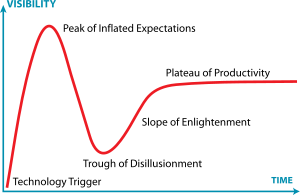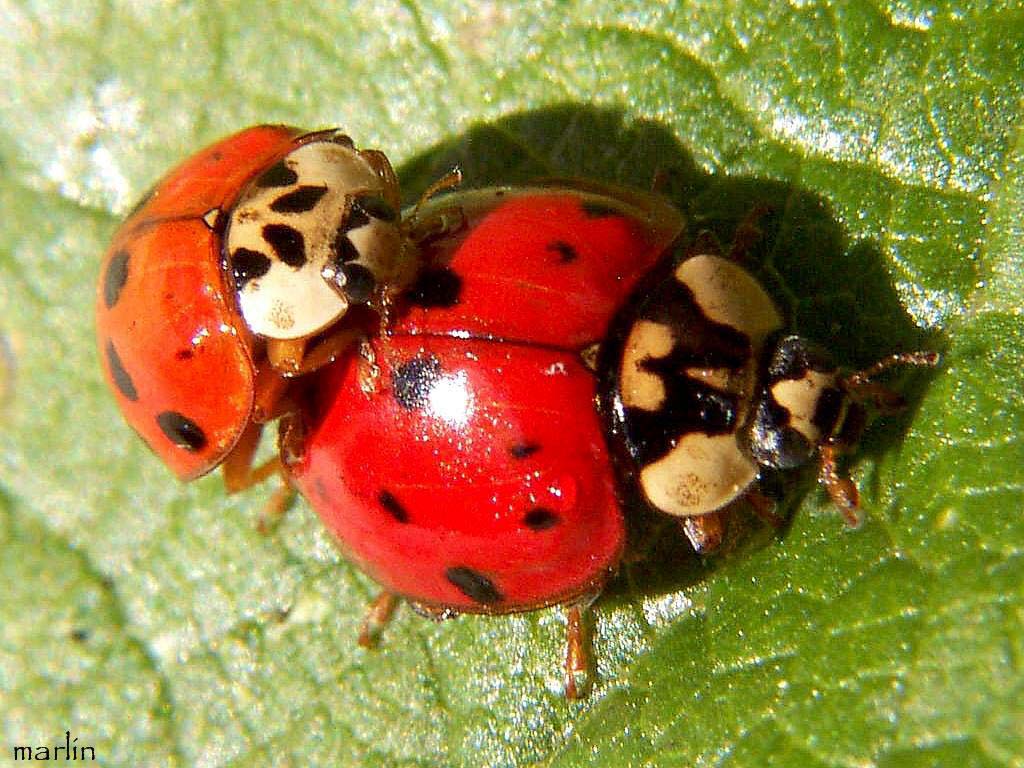At the moment I am looking for recipes to stock the freezer with the impending little person arrival. Why not a pie? And my favourite pie is a stout and beef pie. Here is my version.
1 kg of diced beef
2 tblsp of flour
2 carrots chopped
2 celery sticks chopped
2 onions diced
4 cloves of garlic finely chopped
1 bottle of Moo Brew Dark Ale
500 mL of beef stock
A bag of mushrooms, quartered
Herbage, 2 bay leaf, sprig of thyme, sprig of rosemary
Puff pastry
Put the diced meat in a baggy with the flour and coat. Fry up the carrots, celery, onions and garlic. Remove and put aside.
Put all the ingredients back into the pot, along with the "Herbage" and the beef stock. This will be quite "liquidy". Bring to the boil and reduce the temperature to a very gentle simmer. We want the liquids to evaporate and concentrate, the sauce to thicken and the meat to be tender (could be a few hours). As soon as the sauce is thick and goopy, turn the heat off, and add the mushrooms. Allow to cool, cover, and put in the fridge overnight.
The next day separate the frozen pastry sheets and allow to thaw.
The next day separate the frozen pastry sheets and allow to thaw.
This is what I didn't do but you should: If freezing the pie, line the pan with baking paper or bake in a disposable tin.
You will need to blind bake the pastry. I used some beans that are kept for the purpose, but what I didnt use is baking paper to help remove the beans. The blind bake will take about 10 minutes at 220°C
Once out of the oven put yesterdays filling into the pie. Cover with pastry and bake until golden.
I pulled my pie out of the oven early as I will freeze it, then when it goes back in the oven, I can cook it to the right colour.
Why bake one when you can bake two. Same time, only a tiny bit more effort.
















































